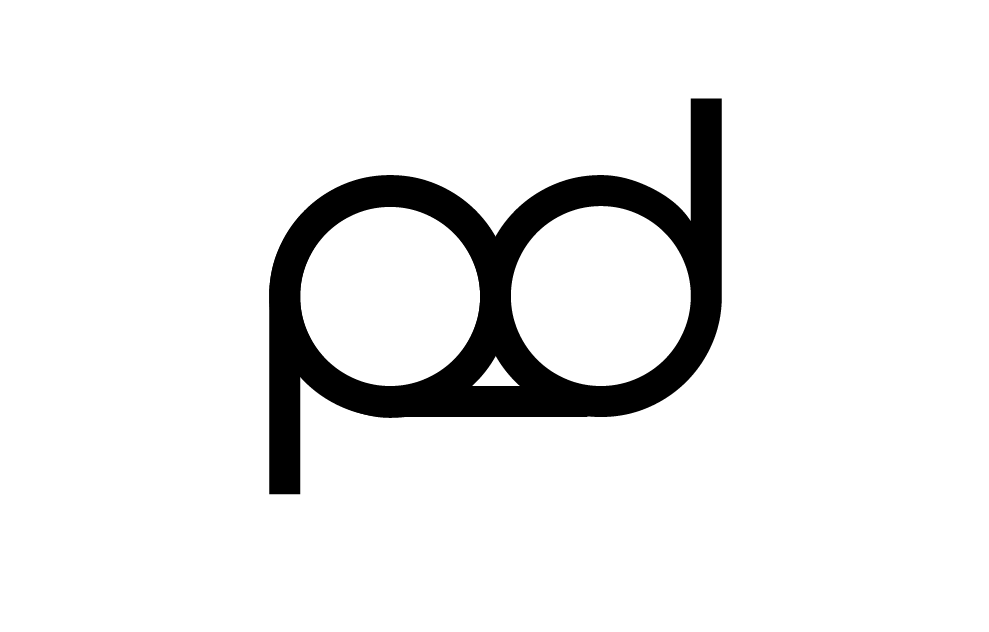GOOD is .... The UKULELE
WHY?
1. because its better than other string instruments in terms of affordability, practicality and learnability. On average it takes about 3 months to learn how to play the ukulele, this is with practice twice weekly.
2. because playing and listening to music disciplines the mind and overall increases brain activity. When a musician plays they are using 90% of their brain.
3. its a relaxing hobby that benefits you socially, mentally, personally and creatively.
4. it has physical benefits like improved motor control and coordination which help with activities like sport and dance etc.
5. its popularity is at its highest and is still continuing to rise. People spend on average £80 on a ukulele and sales have increased by 30% in the past year.
I intend to (inform/ instruct/ persuade/ direct/ educate/ promote to)
promote an event that is formed on the basis of the ukuleles benefits and history to...
...a group of (identify your specific audience or context)
18 - 30 year olds that will mostly likely be in education or working that deal with the stress of constant workloads and need a way of relaxing or unwinding...
...that (state your message, idea or concept)
playing and listening to the music of the ukulele can benefit them socially, mentally, creatively and physically.
In order to achieve this I will produce...(specify at this point what you aim to produce, the method of delivery/ distribution/ the context in which it will be viewed.)
PRODUCT - what is your product?
An event that is driven by the benefits of the ukulele aiming to add to the ukuleles increasing popularity.
RANGE - what range of deliverables will you produce/propose?
A set of promotional materials and promotional packaging which will give the event its own identity and brand it.
A short publication on the ukulele that brings people up to date with where the ukulele is from and how far its come over the past 100 years, this will follow the same aesthetic as the identity of the event and promotional material.
CONTEXT - define the context in which your products will exist/be viewed.
They will exist and be viewed in dominantly student populated areas to target the bulk of my audience.
It will also been viewed in the main shopping zones of cities, for example Leeds Headrow and shopping plazas, around the lunch hours to optimise the maximum viewing potential for people who work 9-5.

